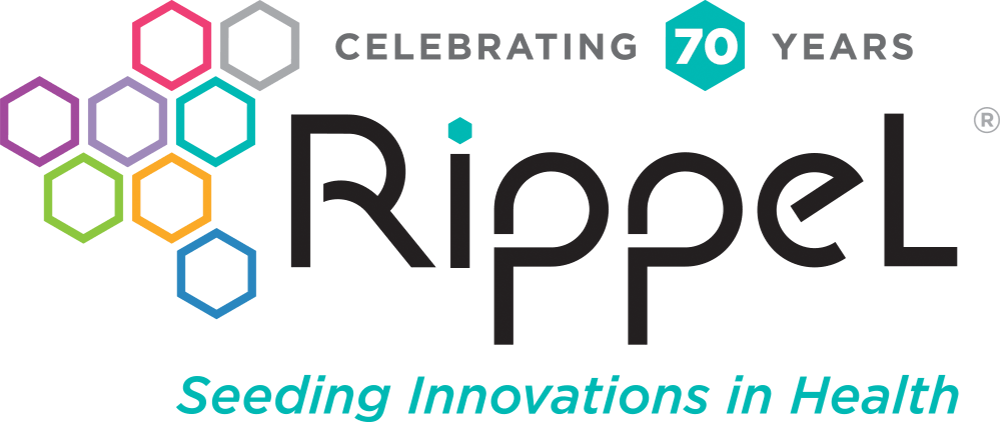The Stew BLOG
Financing the Governance and Management Activities Necessary to Coordinate Regional Transformation Efforts
Last week, our colleague Jane Erickson introduced you to the concept of integrative activities, which involve both governing and managing the work happening within and across the different multisector partnerships and organizations that are collaborating to transform health and well-being in their regions. ReThink Health has found that a region’s integrative activities are not usually handled by a single backbone organization or integrator. More typically, many organizations and their leaders handle these integrative activities. Different organizational members of a single partnership, or different multisector partnerships and organizations in a network working toward transformation, distribute eight integrative roles and regional leadership functions amongst them (with all eight necessary for success).
Most stewards conducting integrative activities—perhaps you or your organization is one?—are funding the work through grants, knowing they must find a more sustainable source of funding. A sustainable source would be something like a tax credit for population health or a model of reinvestment. But since those don’t exist yet, you need to find other ways to diversify your sources of income. Some ways to do this are covered in great detail in Beyond The Grant: A Sustainable Financing Workbook. One important piece is to identify the value you create for stakeholders in the region, and then make the case that you ought to be paid for providing that value. You can read more in the workbook’s Module 5 and Module 7, which describe how stewards are already getting paid for the value they provide by conducting these activities.
Whenever ReThink Health presents about the possibilities of getting paid for conducting integrative activities, regional leaders have expressed skepticism that this is even a possibility. It’s true that integrative activities are undervalued—“general operation” activities usually are. But as I said, some stewards are already getting paid! All too often, even those who are carrying them out for a regional transformation effort dismiss them as unfundable, and as a result don’t even attempt to pursue getting compensated for the value they provide. It’s time leaders like you start to confront some of the myths around financing your work. Below are the five myths we hear about the most, juxtaposed with what we learned while preparing the financing workbook.
Myth 1: Getting paid for conducting integrative activities in support of regional transformation isn’t possible.
![]()
While there are not an extensive number of examples of stewards being paid for conducting integrative activities, some have had great success with this method of financing. One way you could do this is to charge membership fees that cover the costs you incur while conducting integrative activities. For example, the Alliance for a Healthier South Carolina, which includes executive leaders from 60 organizations throughout the state, generates enough funding from charging membership fees to run all of its integrative activities. This income covers the total costs of handing convenings as well as monitoring, measuring, and evaluating region-wide efforts.
Another way you can be paid for integrative activities is to work toward the establishment of policies that create more sustainable financing streams. For example, the Central Oregon Health Council (COHC) pursued state legislation that would make COHC the governing body for a coordinated care organization called PacificSource Community Solutions. This allowed COHC to establish a joint management agreement with PacificSource that stipulates whatever payment PacificSource takes in from the state, per member per month, 0.325 percent (or 3/10 of 1 percent of its total revenue from the state) is paid to COHC to be used for operating costs.
There is also a secondary stream of funding embedded into the agreement, called “shared savings,” which caps PacificSource’s profit at two percent and provides that any additional profit must be paid to COHC for reinvestment into a regional health improvement plan that had been created by regional leaders working together. No one ever expected this secondary stream to be a real source of funding, but Medicaid expansion created an influx of unexpected funding and it was indeed used. As of February 2017, PacificSource had paid COHC $17 million in shared savings, and as of 2018, $9 million has been reinvested in the community. You can read more about this in Module 7 of the workbook.
Myth 2: The integrative work my organization does across the region isn’t really enough to be worth getting paid for it.
![]()
It may seem, at first glance, that the work you are doing across the region is not enough to be worthy of getting paid. However, if you get some collaborators together and take a look at the list of integrative activities, use our Integrative Activity Assessment Tool, or work through Module 7 of Beyond the Grant, it’s quite possible you will find out that you are doing much more than you think. The reason I know? My colleagues and I saw this time and time again in the workshops we conducted to test the financing workbook. When they stopped and thought about it, many organizational leaders found they had enough to put together a “package” of activities and they easily built a case that they could take to the people benefitting from their work.
For example, the Michigan Health Improvement Alliance, Inc. (MiHIA), a multisector partnership, demonstrates the value case of its integrative activities by detailing special benefits for each stakeholder organization that belongs to MiHIA. The cases describe how each organization will be more successful in achieving its own mission and leveraging funding as a result of to MiHIA participation. MiHIA then proposes a multi-year amount each stakeholder should pay. Annually, MiHIA receives $225,000-$300,000 in corporate contributions to fund operations for integrative activities.
Myth 3: It’s hard to find evidence for the value that integrative activities create, so no one will trust that they will get a good return on their investment.
![]()
There is a way to find evidence for the value of your integrative activities, but you may have to do some searching since these activities aren’t commonly researched. While the evidence base for integrative activities is limited, you can get creative. For example, if you are seeking evidence for the value of good leadership—a critical function for any organization—a Forbes article reporting that “poor leaders lost money; good leaders made profit; and extraordinary leaders more than doubled the company’s profits” is a great place to start building that case.
Search for studies, even if indirectly related, and don’t underestimate the power of testimonials from leaders of organizations that have benefitted from your work in your region. Module 5 of Beyond the Grant includes a Value Sequence tool that can help you start building a value case for any integrative activity. Appendix 2 includes examples of evidence for several integrative activities, which you might want to include in your case. Even if what you need isn’t there, it may give you some ideas for other topics or places to search.
Myth 4: By seeking funding specifically for integrative activities there will be fewer funds for direct programmatic work.
![]()
Integrative activities can be paid for from funding sources that are not usually available to organizations solely committed to direct programmatic work, such as population health interventions or services. These sources include membership fees, health information exchange (HIE) contracts (i.e., a service contract between the HIE and users to access data), and even state appropriations (i.e., the act of setting aside money for a specific purpose by government). Who says integrative work, such as convening stakeholders, can’t be considered “programmatic,” anyhow? The Weingart Foundation considers integrative activities as core support and believes “working capital’ nonprofits need to sustain and strengthen their infrastructure in order to achieve organizational effectiveness,” which includes increases capacity to support their direct programmatic work.
For example, in the 1990s, the commissioner of the Massachusetts Department of Public Health enacted amendments to the Determination of Need statute that created 27 Community Health Network Areas (CHNAs)—the state was divided into 27 geographic areas. To this day, organizations designated to serve these CHNAs receive five percent of any hospital construction project costs incurred by a hospital in the geographic boundaries. Greater Fall River Partners is a multisector partnership in one of these CHNAs that receive this funding in exchange for its integrative services as a neutral convener of 15-25 community partners. With this funding, Greater Fall River Partners helps leaders and organizations in their region connect and plan disease prevention strategies for the benefit of the entire region. According to Greater Fall River Partners, the community has recognized this integrative work as being extremely important for ensuring increased collaboration around prevention strategies with the potential to transform regional health transformation. This is Greater Fall River Partners’ programmatic work.
Myth 5: Charging for and/or having a business plan for integrative activities is not appropriate for nonprofits.
![]()
This is a common concern and barrier when stewards, especially nonprofits and multisector partnerships that were created to serve others, start discussing being paid for their integrative activities. For example, we’ve heard repeatedly in our research with multisector partnerships that even gently introducing a conversation about getting paid can feel like a departure from their mission or goal to support efforts in their community. But nonprofits are absolutely able to use earned income strategies! Ever bought a box of Girl Scout cookies? If so, you have participated in a nonprofit’s earned income strategy! It is only by finding more sustainable financing that multisector partnerships and other organizations can plan to provide integrative activities for the long-term.
Please share your insights and experiences with us. Have any of these myths prevented you or your organization from seeking financing for your integrative activities? If so, how do you think you can move past these myths? What other concerns or myths might be standing in your way? Use the hashtag #ThinkWithUs or email us at [email protected] to tell us your story. And, tune in next week for the last post in our series on stewardship. We will tackle the topic of planning for leadership transitions.

